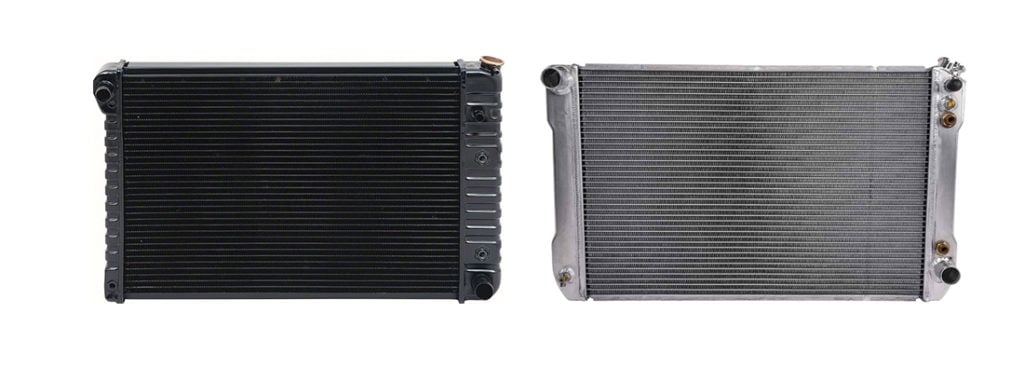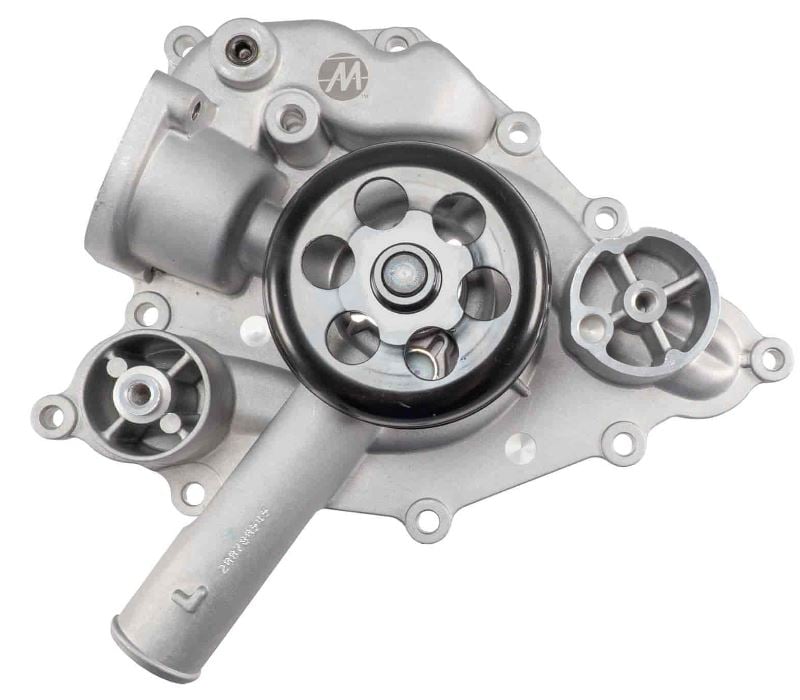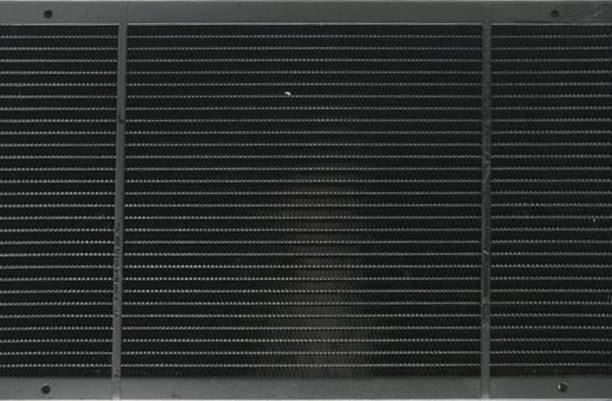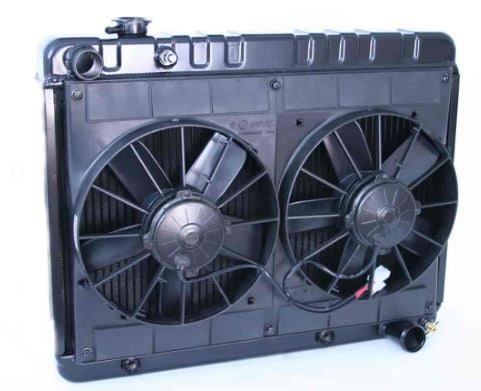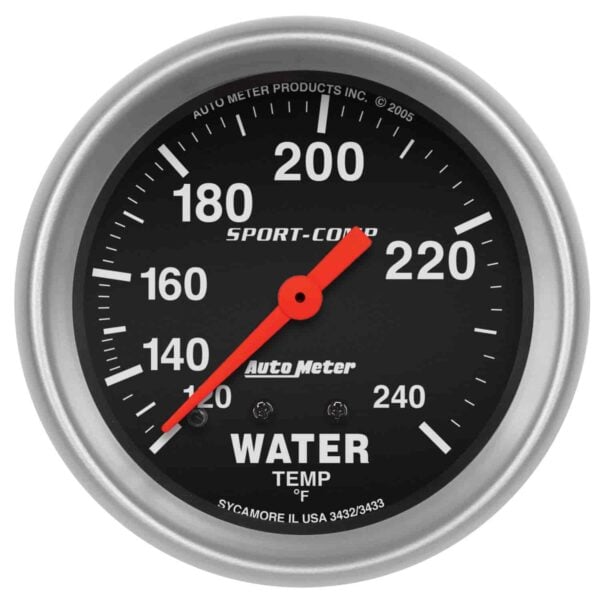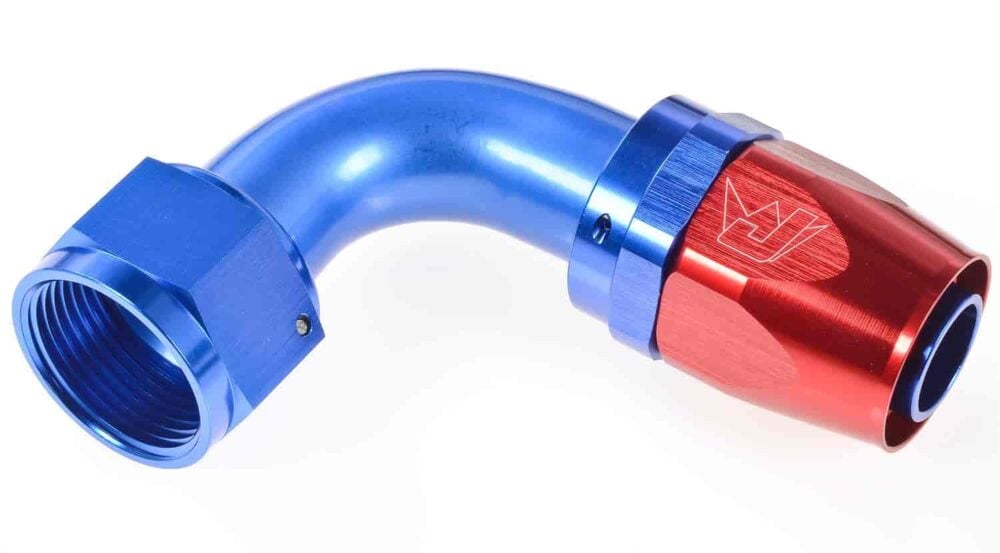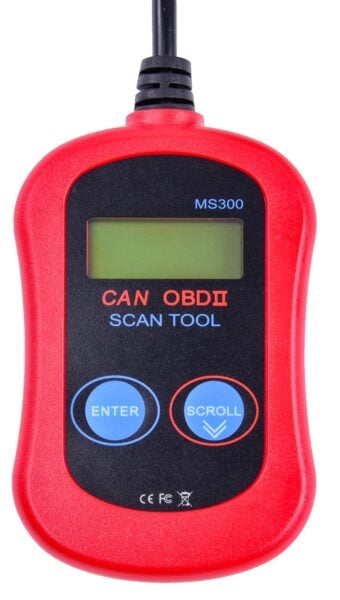A radiator is a key component of a vehicle’s cooling system that helps keep the engine cool during combustion. If yours is worn, or if your ride is upgraded with performance parts and your stock radiator can’t keep up, you’ll need to replace it before the engine starts overheating.
When shopping for a replacement radiator, your choice will come down to an aftermarket aluminum unit or one that’s OEM (Original Equipment Manufacturer). This decision is important as it can greatly impact your vehicle's performance and efficiency.
Thankfully, this guide covers everything you need to know to confidently choose between the two.
We’ll start by further exploring automotive radiators and their different components. Then, we’ll compare the benefits of an aluminum radiator vs stock. Finally, we’ll explain how to choose which is best for you and your ride.
Let’s get started.
What are Automotive Radiators & Their Components?
Simply put, radiators act as a heat exchanger for your vehicle, transferring heat from the engine’s coolant—which gets hot as the engine runs—to the outside air. This process is important for keeping the engine at an optimal operating temperature.
Digging a little deeper into the process, below are the main components of a modern car radiator:
- Coolant: Coolant, a blend of water and antifreeze, is key to the radiator's function. It circulates through the engine, absorbing heat, and then through the radiator, where it releases this heat. This fluid is specifically formulated to prevent freezing and boiling while protecting against corrosion.
- Water Pump: The water pump is responsible for moving the coolant through the engine and radiator. Powered by the engine, it ensures a consistent flow, enabling the coolant to absorb and dissipate heat effectively.
- Thermostat: The thermostat is a temperature-sensitive valve. It determines when to allow coolant to flow through the radiator. As the engine reaches a certain temperature, the thermostat opens, allowing hot coolant to be cooled in the radiator, and closes when cooling isn't needed.
- Core: The radiator's core is made up of a series of tubes and fins. These components increase the surface area for heat transfer. As hot coolant flows through the tubes, the surrounding fins help dissipate the heat into the air.
- Outlet/Inlet Tanks: These tanks are important for managing coolant flow. The inlet tank receives hot coolant from the engine, and the outlet tank sends the cooled coolant back. This design ensures a continuous flow of coolant through the radiator.
- Pressure Cap: The pressure cap maintains the correct pressure within the radiator. A properly pressurized system increases the efficiency of the cooling process, preventing coolant from boiling over and ensuring the system operates effectively.
Benefits of Stock OEM Radiators
Stock OEM radiators, usually made from a mix of plastic and aluminum, are designed to meet your vehicle’s specific requirements. They offer reliability and compatibility, ensuring your car's cooling system operates as the manufacturer intended.
These radiators are often the go-to choice for standard maintenance and repairs due to their assured quality and fitment:
- Guaranteed Quality and Fitment: OEM radiators are built to exact factory specifications. This guarantees a perfect fit and optimal function in your vehicle, eliminating concerns about mismatched dimensions or inadequate cooling capacity that can occur with aftermarket products.
- Possibly Covered by Factory Warranty: Another benefit of choosing an OEM radiator is the potential coverage under the vehicle's factory warranty. This can provide massive savings on repairs or replacements if issues arise, offering a layer of financial protection that aftermarket radiators might not.
Benefits of Aluminum Radiators
Next up are aftermarket aluminum radiators. These are a popular choice for performance enthusiasts or drivers seeking upgrades from the standard OEM units.
Their construction offers a blend of enhanced performance benefits, making them a desirable option for various applications:
- Improved Quality/Construction: Aftermarket aluminum radiators boast 100% aluminum construction, unlike OEM units that often use a mix of plastic and aluminum. This all-aluminum build enhances durability and heat dissipation efficiency. The material's resistance to corrosion also contributes to a longer lifespan and better overall performance.
- Extra Fin Rows: Aluminum radiators often feature extra rows of fins, which increase the surface area available for heat exchange. This design leads to more effective cooling, especially under high-performance or heavy-load conditions. This makes them ideal for tuned or modified vehicles that generate more heat.
- Less Weight: Radiators made of all-aluminum are often notably lighter than their OEM alternatives. This reduction in weight can contribute to overall vehicle efficiency, including better fuel economy and improved handling, making them a preferred choice for performance tuning and racing applications.
Learn more about aluminum radiators in our detailed pros and cons guide.
Aluminum vs OEM: How to Choose Between the Two
When deciding between an aluminum radiator vs stock, consider your vehicle's requirements and your driving habits.
OEM radiators are ideal for standard daily drivers. They guarantee compatibility with your vehicle, offering a reliable, hassle-free solution. If your ride is still under warranty, an OEM radiator is a sensible choice, as it may be covered by the manufacturer's warranty, providing financial protection against defects or failures.
As for aluminum radiators, these shine in performance and durability. They are perfect for vehicles that undergo heavy use, such as in racing or towing. The all-aluminum construction offers better heat dissipation, a key factor for engines that run hotter due to performance modifications.
If you prioritize performance and are willing to invest in a high-quality cooling solution, an aluminum radiator is a solid choice.
Your budget is another consideration. OEM radiators may be more cost-effective initially, but aluminum radiators can offer better long-term value due to their durability and efficiency.
Ultimately, the choice depends on balancing cost, performance needs, and compatibility requirements. Whether it's the assured fit and function of an OEM radiator or the enhanced performance of an aluminum one, your decision should align with your vehicle's needs and your personal preferences.
JEGS: For All Your Automotive Needs
Thanks for checking out our in-depth car radiator guide. You should now be fully equipped to choose the best option for your specific vehicle.
For all your automotive needs, consider JEGS, a leading supplier of performance auto parts, including both aftermarket aluminum and OEM radiators. Browse our massive selection online and have your order sent straight to your door.
Still have questions? Contact our team today.
